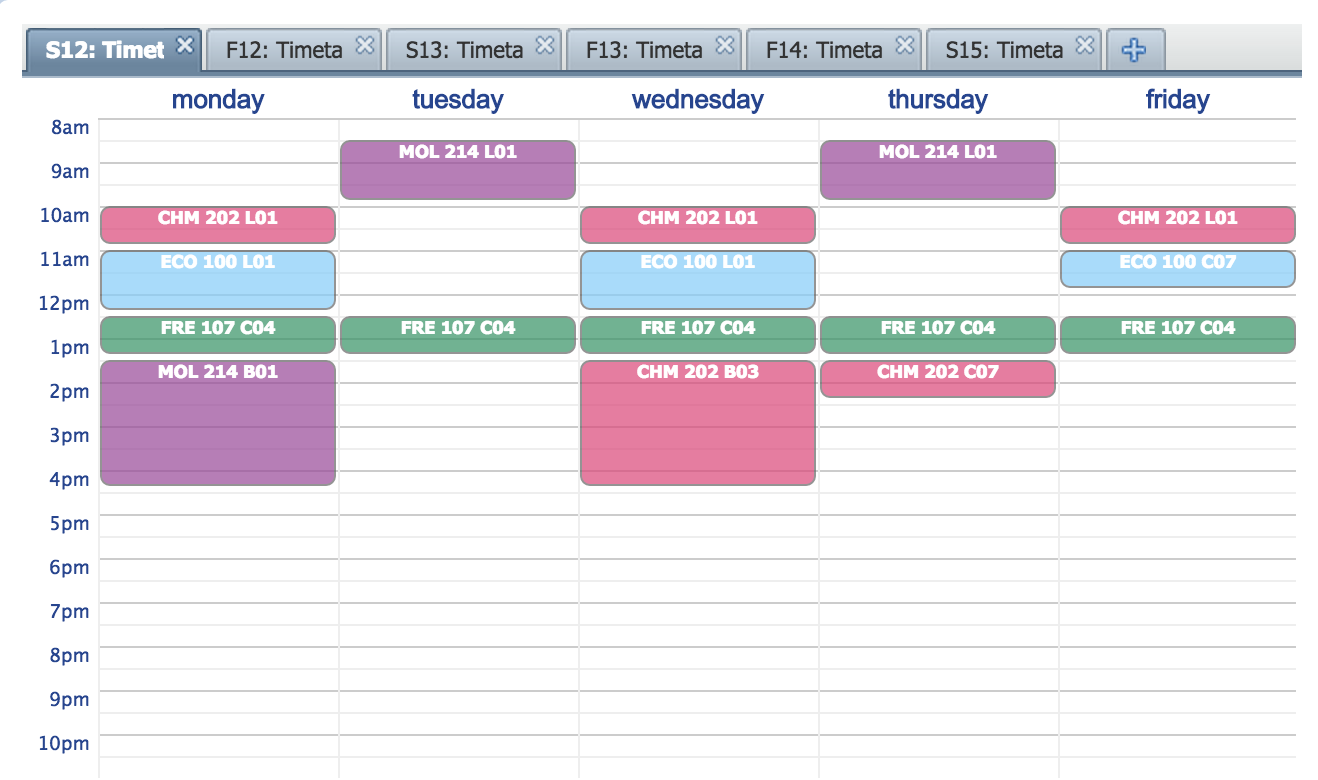APS Block Schedule - 90 minute core classes
Anonymous
I support the model where we have regular periods so kids spend more of their time at school engaged and learning, and then hiring support staff and adequate teachers to allow teachers to be fully engaged in class time and not being work home. Stop putting words in my mouth. |
Anonymous
It might add more insight to look at the 8th grade math classes, given the class size factor in the above data. Wakefield is the most crowded high school currently, drawing from the most crowded middle schools (esp Gunston) which may add to larger class sizes. I was told that last year's freshman Wakefield class was the largest ever. South Arlington also has significantly more immigrants and ESL students who are less likely to be enrolled in middle school Algebra v. affluent north Arlington with parents pushing acceleration more and being able to support that or provide tutoring, etc., to enable more students to take Algebra earlier. Also, I imagine almost all of the Algebra 1 high school students are 9th graders; but there may be a few "repeats" or other exceptions in there. |
Anonymous
Under a traditional schedule with shorter class periods, you could allot teachers open periods where they are not teaching to allow for planning/grading during the day. Of course, this makes the big assumption that funding is available to do this. |
Anonymous
Not PP; but I prefer the schedule that provides the most, quality instruction for the students. Teachers have entered the field for decades knowing it isn't a 9 month 8-3 job. Other professions work beyond their basic work day hours as well. It's part of the job. That said, in the past, scheduling allowed planning periods for teachers. That doesn't seem to be the case anymore. So if block scheduling allows teachers 30 minutes to tend to their administrative duties while students work on group projects (which reduces the need for students to coordinate getting together outside of school), or individual assignments - that's ok with me. The key to effective block scheduling is for the teacher to use that time as it is intended and in a way that keeps the students engaged - not to just teach half the time they otherwise would in an everyday schedule. Some are much better than that than others. |
Anonymous
Plus, it seems to work for colleges; so I don't understand why parents are all huffy about it in high school. It also eliminates the students' need to carry notebooks and materials for all of their classes every day. Since many don't have or use lockers - who has time to get to them with only 3 or 4 minutes between classes, anyway? - that's another advantage to block schedules. |
Anonymous
My kids definitely benefitted from the longer periods and the every-other-day schedule. I noticed the impact most when DD was in AP World History in 9th grade. She happened to have it scheduled in the daily shorter period while her BFF was in the every-other-day long block. They were both very good students but DD really struggled with it and found it exhausting to never have a break vs. her friend who benefitted from the longer stretches for discussion and feedback plus having two days to get homework done instead of having something due every day (BFF's mom is a good friend of mine so we compared experiences). I do wish they were thoughtful about which classes were able to be scheduled in that daily class. I think sciences are not scheduled then (because of labs) but those AP History classes do better IMO in the longer blocks. |
Anonymous
I’m so Fing tired of block scheduling being justified because college does it. First off, college is already highly filtered for capable students, and any student who wouldn’t want to be there would simply skip class rather than cause disruption. 2nd not all classes are block schedule length finally, colleges students aren’t in school for 6 hours straight — they have lots of breaks to recharge and would never take 3 block classes on one day like a typical high school student, let along all week long. For example, a quick Google: https://admission.princeton.edu/blogs/day-life 
|
Anonymous
The 2019-2020 class size report was much more detailed, showing the # of classes, range of sizes and average size for every subject at the middle and high schools. https://www.apsva.us/wp-content/uploads/2020/01/Class-Size-Report-Final.pdf Back then, Wakefield had 12 Alg 1 classes, W-L and Yorktown each had 9 and HB had 2. Based on the reported average, the number taking Alg1 at each school = Wakefield-268 kids, W-L-204, Yorktown-172 |
Anonymous
Sorry I meant in block classes for 6 hours straight. |
Anonymous
I don't understand, the schedule you posted shows 6 hours straight Mondays and Wednesdays...? |
Anonymous
Sure, but that isn't happening, so pick your poison. |
Anonymous
I did block schedules 20+ years ago when I was in high school and much preferred it back then. I don't know about middle school, though, since kids probably have shorter attention spans, especially in 6th just coming out of elementary. |
Anonymous
I agree with this, like them for HS, seems a lot for MS. Not only are you adjusting to changing classes, dealing with different teachers and the organizational challenge of that. Then to add on keeping track of the every-other-day classes seems a bit much. |
Anonymous
They figured out within the first week or two. It’s no big deal once you get into the routine. |
Anonymous
NOT BLOCK CLASSES. Those are 50 minutes classes. And this is clearly a pre-med student with TWO lab classes, which are the only extended length classes. |
